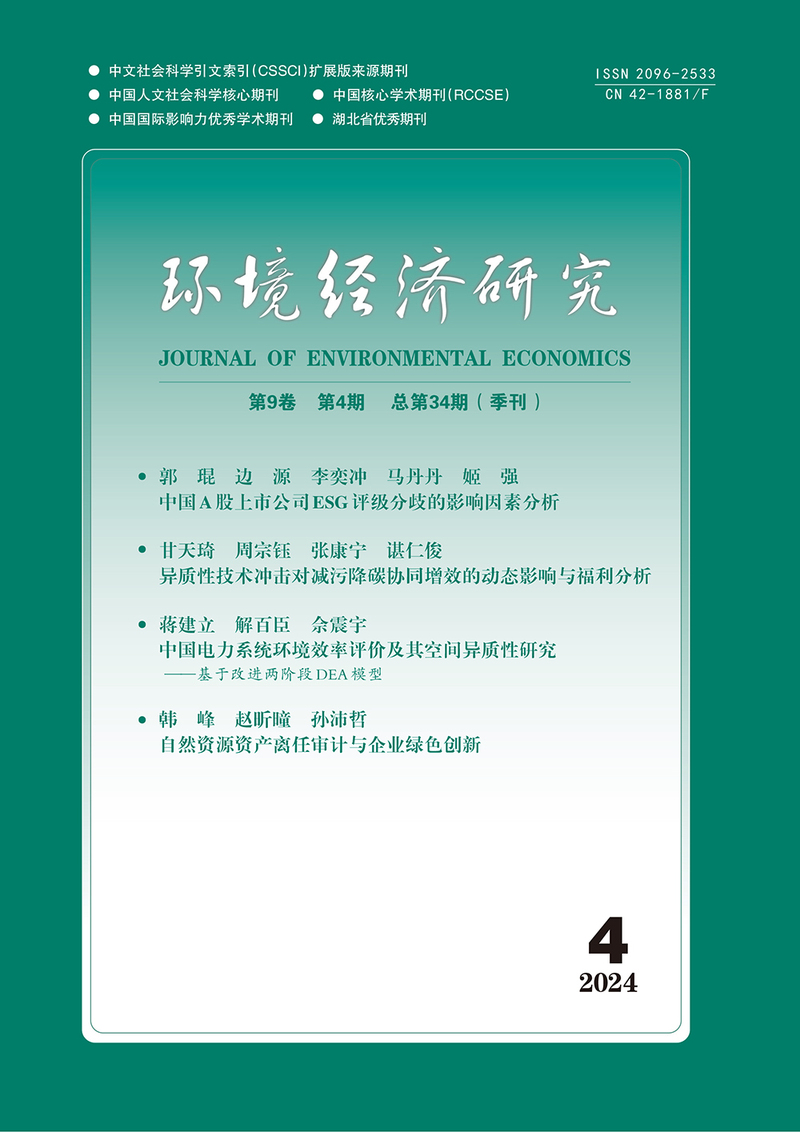The Structure and Trend of China’s Carbon Emission in the 13th Five-Year Plan Period
Tang Weiqi and Lu Zhengwei
摘要:在过去的数十年中,我国实现了大幅度的节能减排,为全球气候治理作出了巨大的贡献。但工业部门低成本减排空间日渐萎缩,进一步大幅减排的难度和成本逐步高企。随着我国城镇化建设及收入的增长使建筑、交通以及生活等非工业部门碳排放占比不断提升,而这有望成为未来我国进一步推进减排的重要领域。本文借助LMDI 法,对我国碳排放增长的驱动因素进行了分解分析,验证了工业能效的提升存在收敛较快的特征,难以长期持续地推动碳减排。进一步以LMDI分析框架为基础,从各推动因素出发逆推我国碳排放的总量与结构,结果也表明生活、交通以及服务业能耗将在“十三五”期间提供最主要的减排动力。因此,加快推动交通能效的提升、降低交通能耗,推广绿色低碳的交通出行模式,是实现碳减排目标的重要途径。
关键词 : 碳排放, LMDI, 非工业部门, 十三五
Abstract: China has achieved significant mitigation in CO2 emission in the last decade, but increases in the difficulty and costs in further mitigation have been observed. Considering the increasing share of household, transportation and building carbon emission, due to the urbanization and income increase in China, non-industrial sectors can be the new driver for carbon mitigation in China to achieve its ambitious commitments. With LMDI approach, we decompose CO2 emission in China with respect to its drivers, and find that the effect of industrial energy efficiency improvements in unsustainable and converges fast. A“bottom-up”prediction of carbon emission in China for the 13th Five-Year Plan (FYP) period (2015-2020) indicates that household, transportation and service sectors would contribute most in CO2 mitigation. Therefore, improving traffic energy efficiency, reducing traffic energy consumption, promoting green low-carbon travel mode, is an important way to achieve carbon emission reduction goals.
Keywords: Carbon Emission; LMDI; Non-industrial Sectors; 13th FYP Period
DOI:10.19511/j.cnki.jee.2017.03.004
